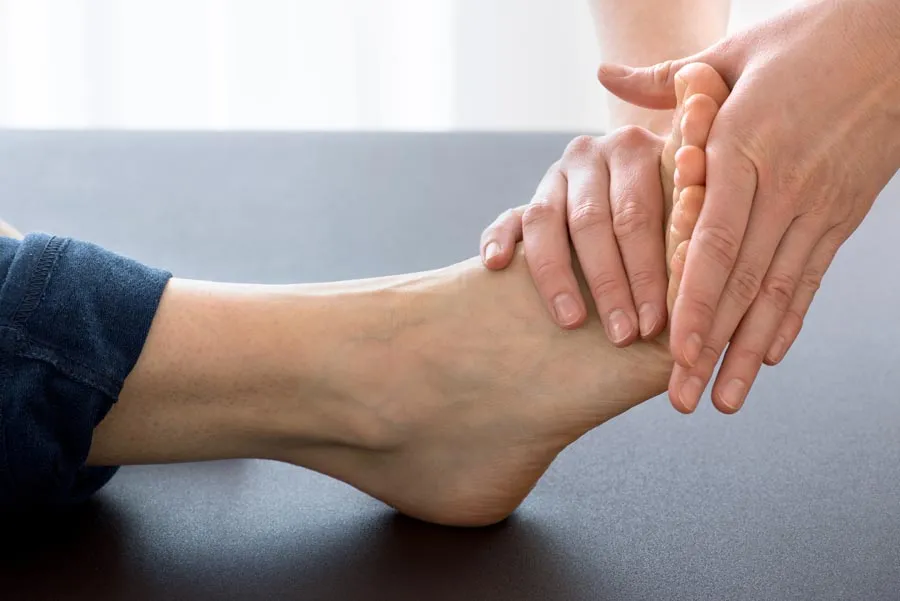
First metatarsophalangeal joint (1st MTPJ) osteoarthritis is a progressive condition that causes the cartilage in the joint to break down. This can lead to pain, stiffness, swelling, and difficulty moving the joint.
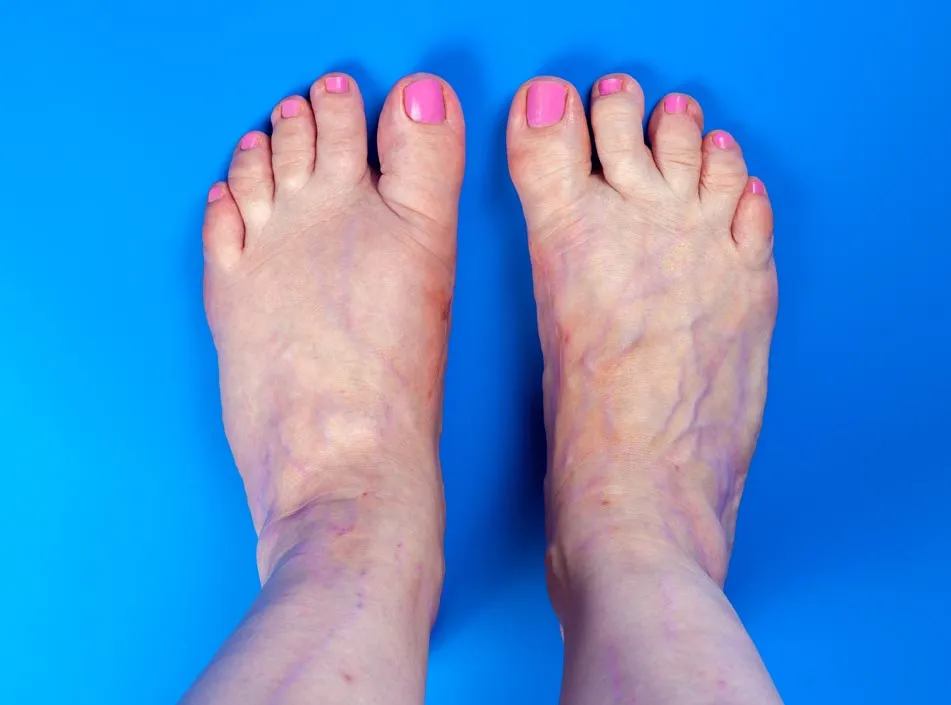
1st MTPJ osteoarthritis is most common in women, and it is more likely to occur as people get older. Other risk factors for 1st MTPJ osteoarthritis include:
Foot deformities, such as bunions and hammertoes
Repetitive activities that put stress on the joint, such as running and jumping
An injury to the joint
Genetics
The main symptoms of 1st MTPJ osteoarthritis are:
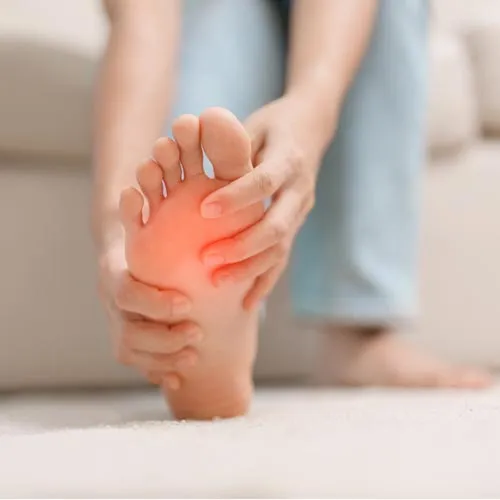
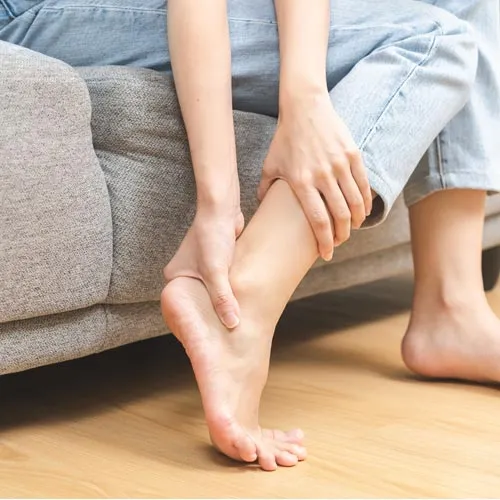
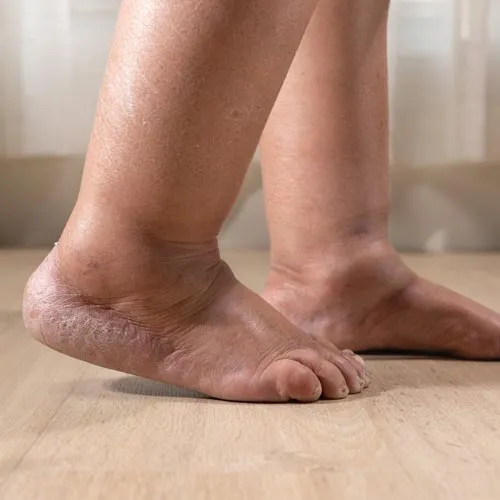
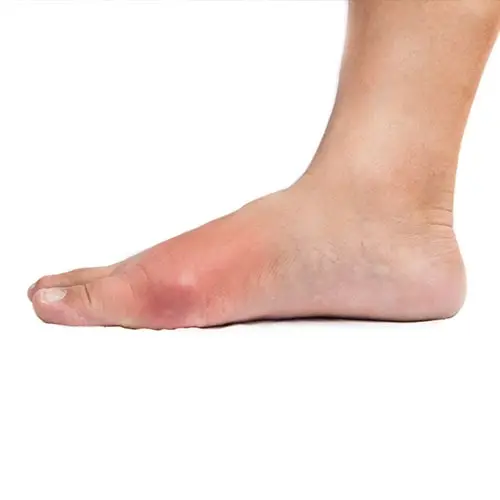
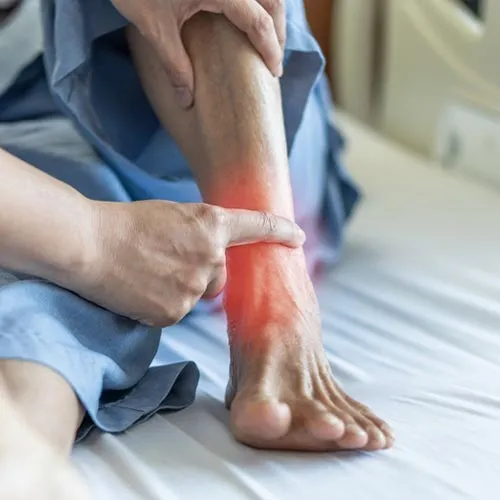
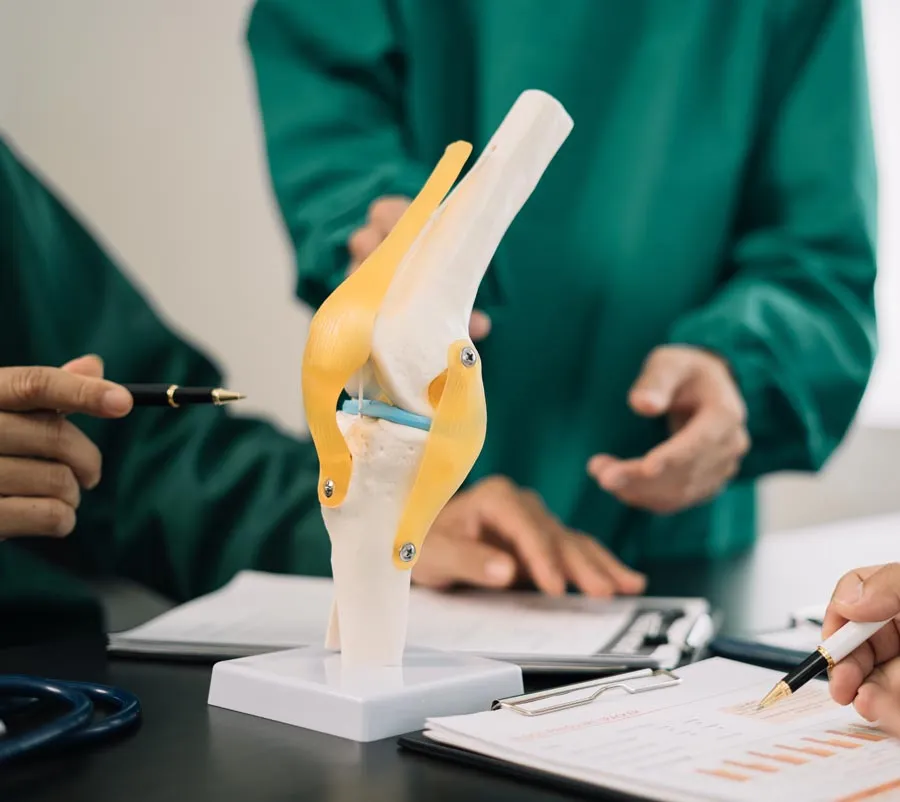
A doctor will diagnose 1st MTPJ osteoarthritis by taking a medical history, performing a physical examination, and ordering imaging tests. The physical examination will focus on assessing pain, tenderness, and swelling around the joint. Imaging tests that may be ordered include:
Treatment for 1st MTPJ osteoarthritis typically involves conservative measures, such as:
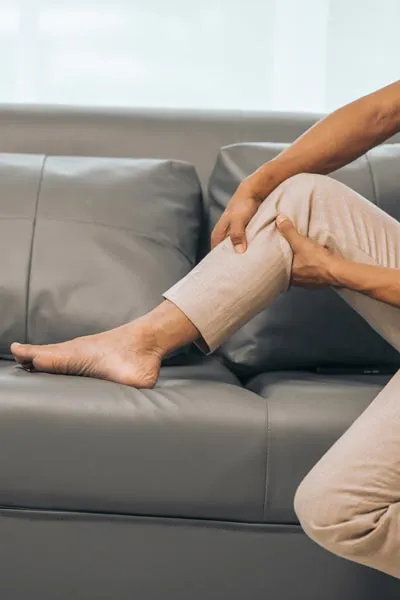
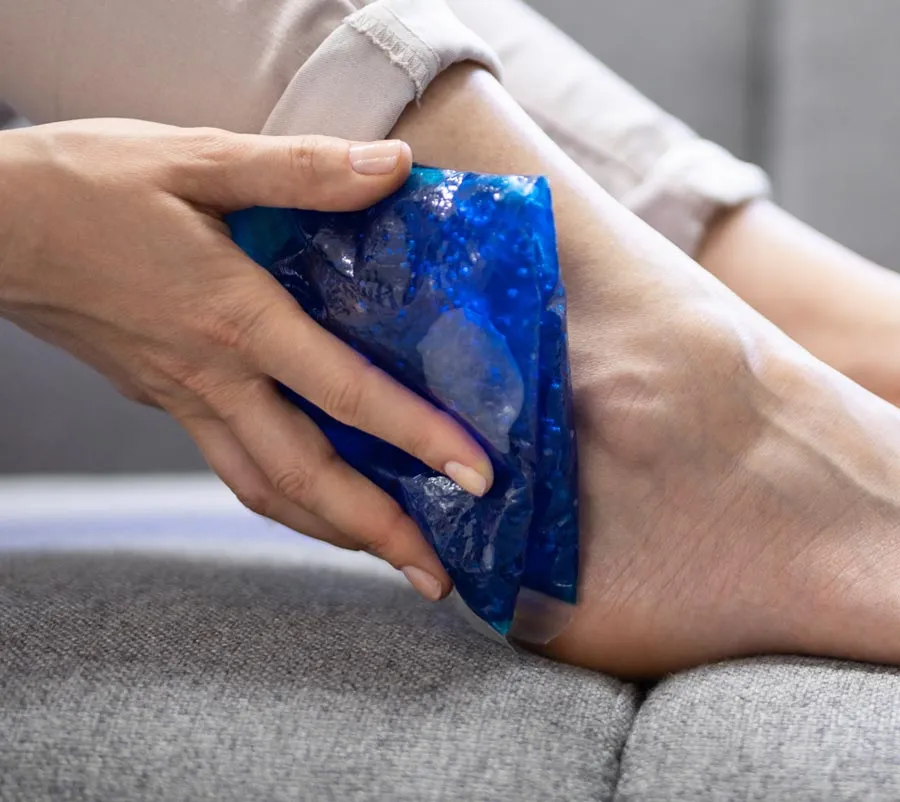
In some cases, more aggressive treatments may be necessary, such as: